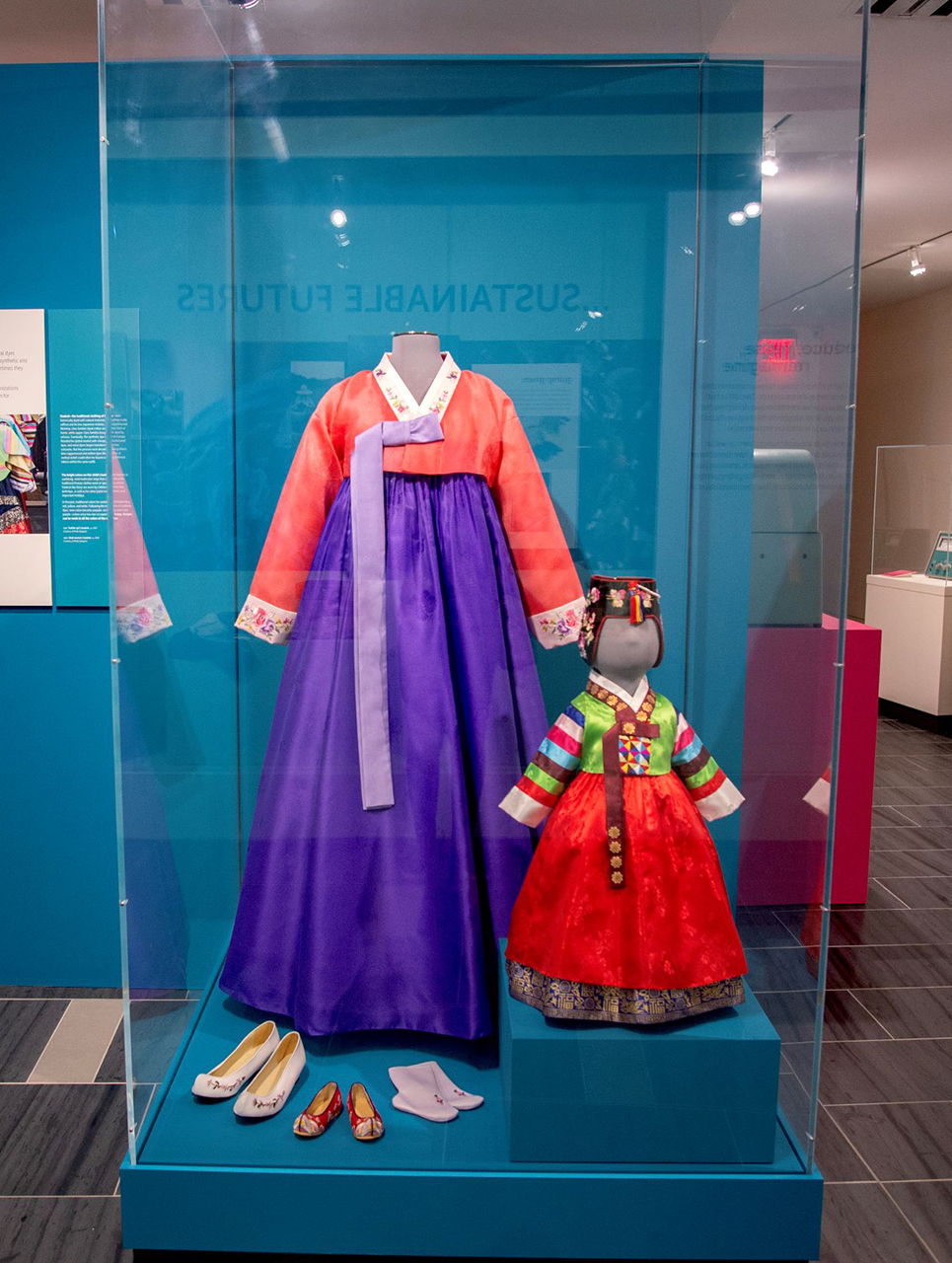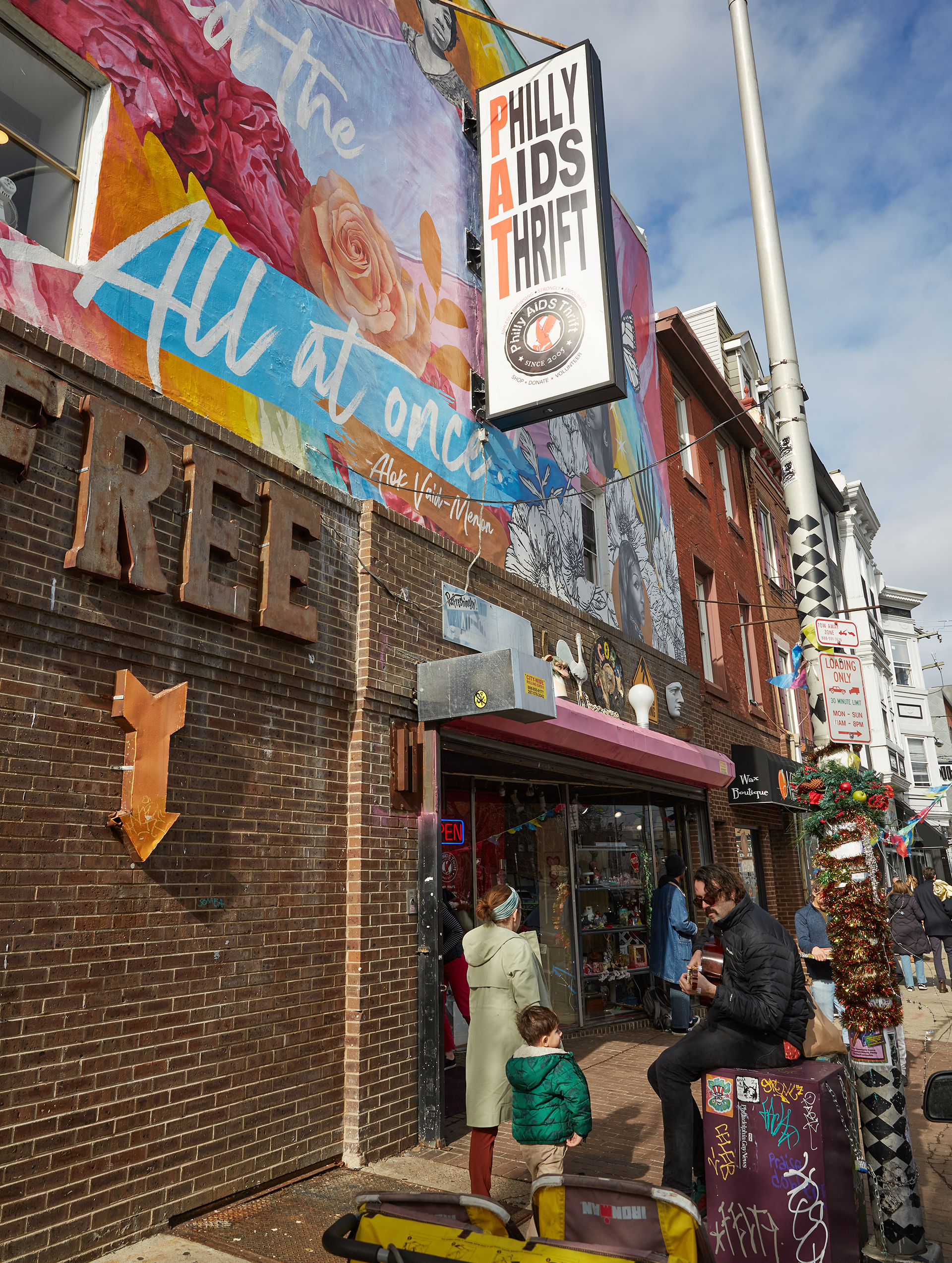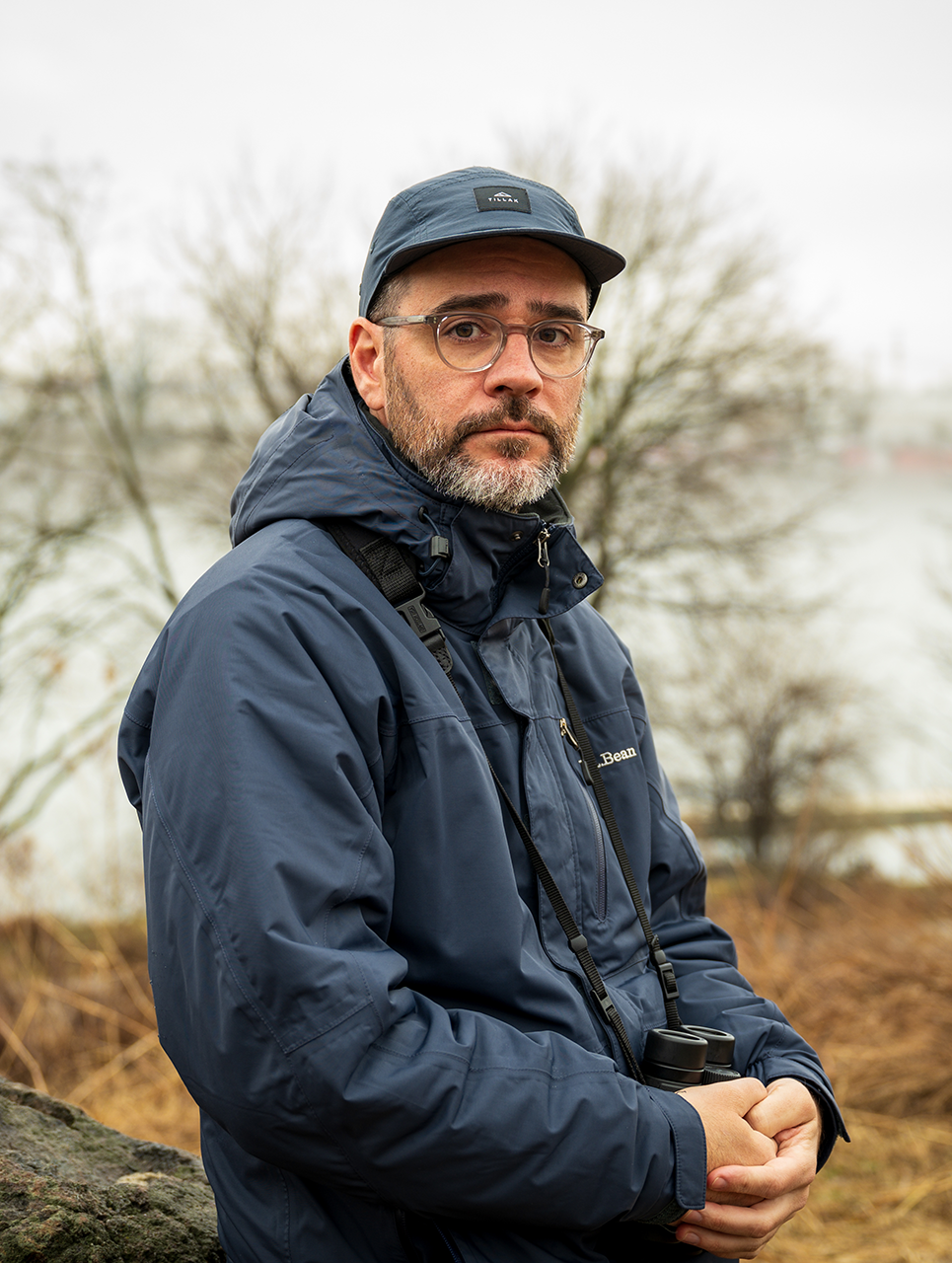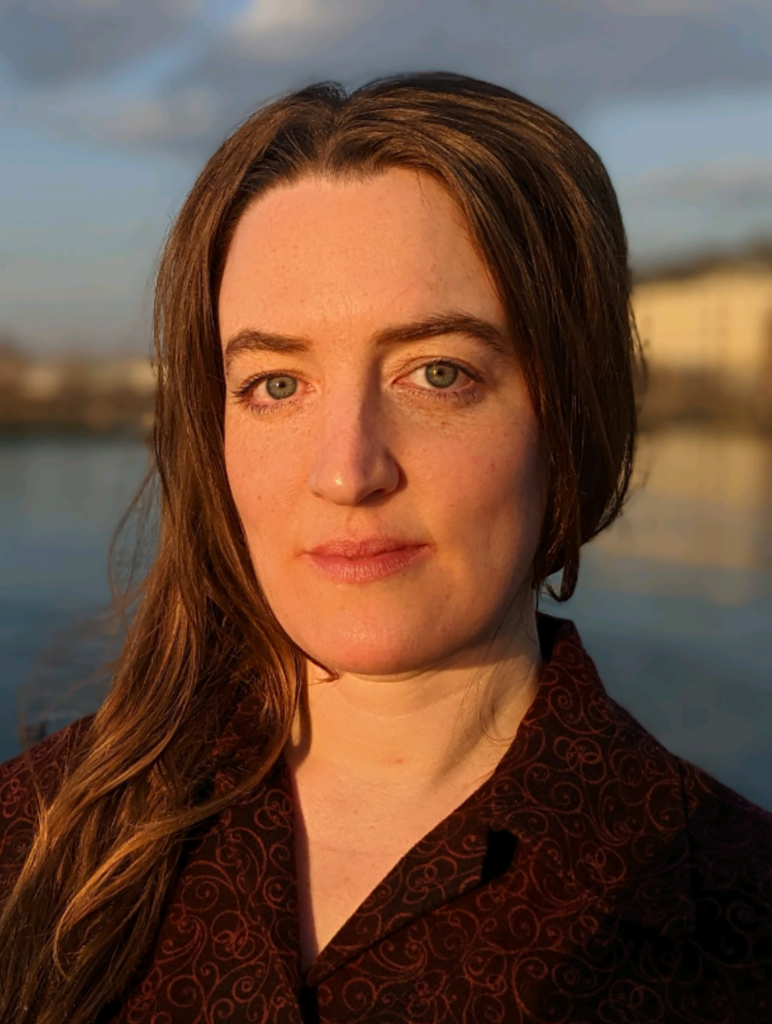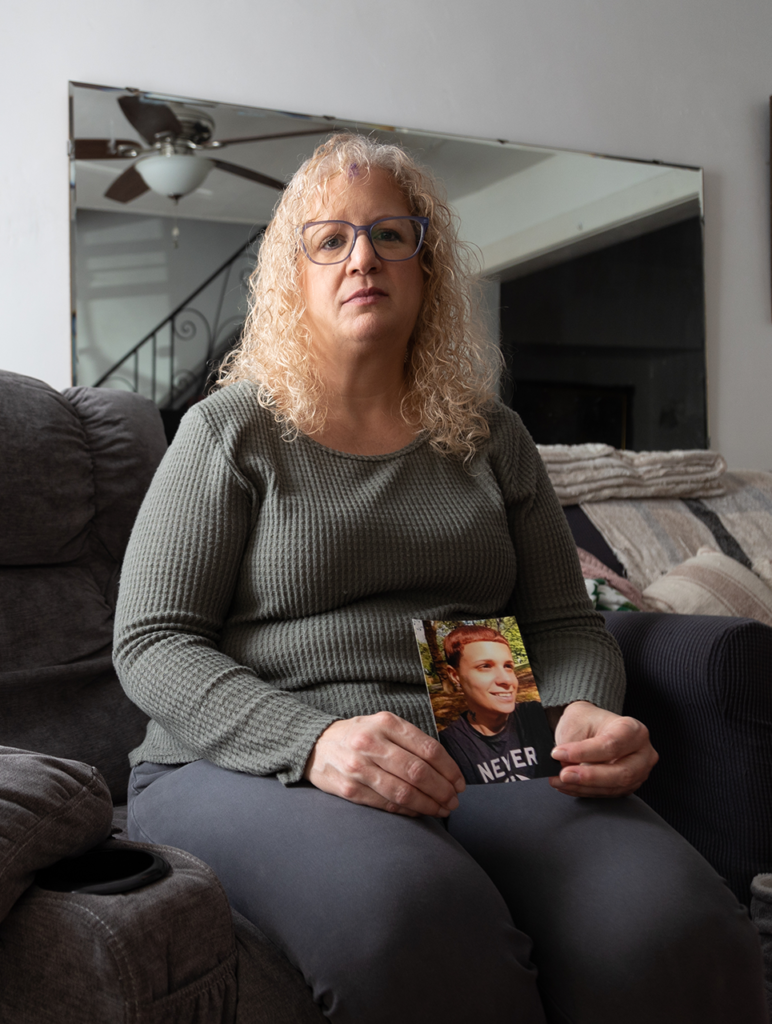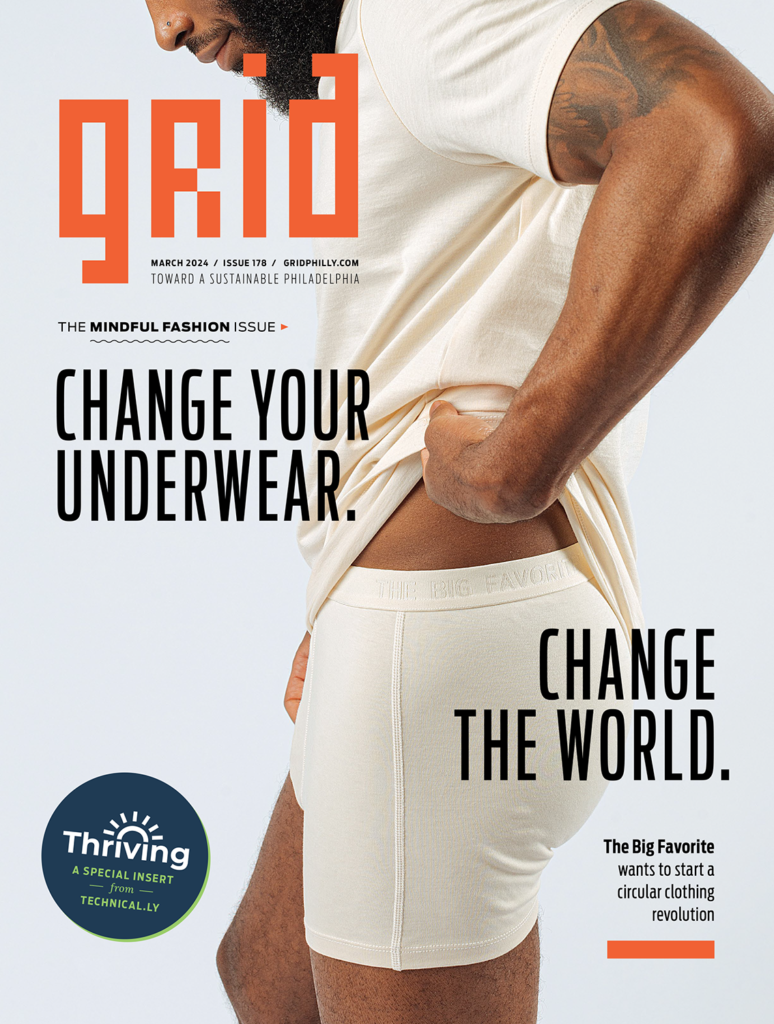For thousands of years, people used organic materials like plants, insects and minerals to create dyes. But in 1856, an 18-year-old chemistry student named William Henry Perkin changed everything.
While attempting to create synthetic quinine using coal tar, Perkin accidentally developed mauveine, the world’s first synthetic dye. His invention of the rich purple hue unlocked a whole new universe of color — and a host of devastating consequences for the environment and human health. It’s a story that’s told in the compact but sweeping exhibition “BOLD: Color From Test Tube to Textile,” at the Science History Institute, which runs through August.
The story of those impacts, says curator Lisa Berry Drago, is one that chemical companies and textile manufacturers would rather conceal. But it must be told. Today, the fashion industry is responsible for 10% of greenhouse gas emissions and dyeing is one of the most toxic steps in the production of a garment. To demand better of these industries, we first need to understand their flaws.
We don’t know anything about the fibers. We don’t know anything about the colors. We don’t know much about the lives of the people who actually put our garments together.”
— Lisa Berry Drago, Science History Institute curator
“We don’t know anything about the fibers. We don’t know anything about the colors. We don’t know much about the lives of the people who actually put our garments together,” Berry Drago says. “This show is not designed to make anybody feel guilty. Hopefully it makes people feel educated and motivated.”
Synthetic dyes, she says, have been a hit from the very beginning. Just five years after Perkin’s invention, mauveine was a global sensation and businesses took notice. The dye’s popularity ignited a “dye arms race,” particularly in Europe, and sparked the formation of new companies — including Bayer and Novartis — that would later become pharmaceutical powerhouses. After mauveine came fuschia, then alizarin crimson. “After that, every year there was a new color. And then every year there were five new ones. And then every year there were ten new ones. It was just exponential,” Berry Drago says.
With the explosive growth in synthetic dye development, she says, companies started adding color to a vast array of products. A display box from the American Aniline Products company in the exhibit shows the variety: match tips, plastics, anti-freeze, laundry bags, wood stains and more. “Once they figured out they could make these synthetic colors, they were putting them in everything,” says Berry Drago.
It was a double-edged sword. While synthetic dyes opened up new opportunities for self-expression, they came with a high cost for human health. Workers making synthetic dyes suffered high rates of cancer. Consumers suffered, too. Garments dyed with Paris green, a shade derived from arsenic in the late 1800s, caused rashes. In rooms where the dye was used on wallpaper, people became nauseous. Eventually, Paris green came off the market as a dye and was sold instead as rat poison under the same name.
Manufacturing synthetic dyes also poisoned the environment, as many Philadelphians could attest early on. Diagrams in the exhibit of Philly-area dyeworks, built as early as the 1860s, show just how many were located adjacent to rivers and creeks where companies disposed of bleaching agents, ammonia, soap and other waste products. “By 1900, they were seeing disappearing fish and waterfowl. They were seeing distortions of the smell and taste of the water,” she says.
As American regulators caught up with the industry, a lot of dye and textile production moved overseas, along with the accompanying environmental damage. Photographs from Xintang, China, in the exhibit show how synthetic indigo used to produce denim has turned local waterways blue.

Today, the U.S. is far from its heyday in textile manufacturing, but many in the tri-state area are still dealing with the industry’s polluting legacy. The groundwater in Toms River, New Jersey, for instance, still has not recovered decades after executives from the Swiss firm Ciba-Geigy admitted dumping chemicals used in the production of dyes into local landfills and waterways. Cleanup there will take at least 20 to 30 more years.
It’s a sobering story, but Berry Drago says we’re not destined to keep repeating the same mistakes of the past century and a half. And we don’t have to renounce dyes entirely to envision a better system for producing garments. ”We’re not going to wear burlap sacks,” she says. “So much culture and personality is expressed through color.”
She also maintains that we don’t have to return to the pre-synthetic days. “Many of us tend to think that natural dyes are so much better for the environment. But they weren’t necessarily better from a land use perspective [or] from a labor standpoint,” she says. “There are ways that we can re-embrace natural dyeing. But we’re not going to go back to the 1800s.”

The end of the exhibit points to ways forward that are both high and low tech. It spotlights businesses like huue, a California-based startup producing bioengineered, low-impact indigo, and Green Matters Natural Dye Company, a Lancaster County business using food waste such as avocado pits to make natural dyes. A backpack made from discarded denim by the Kenyan designer Mohamed Awale, meanwhile, shows the environmental benefit of reducing the production of new garments altogether.
The news about fashion’s environmental impact has only gotten worse in recent years. According to McKinsey, the average consumer bought 60% more clothes in 2014 than in 2000, but kept each garment for half as long. Still, Berry Drago is encouraged by the increasingly abundant solutions to the problem of dye pollution and the growing number of people — from home dyers to entrepreneurs to activists — working toward a future where bold colors and a healthy planet can coexist.
“We’ve been lucky to connect to a whole community of people, particularly in Philadelphia, that are very invested in these things. There are people dedicating their entire lives to reducing fast fashion waste and educating consumers,” she says. “When I return to this work and the people that we’ve worked with, I feel very optimistic.”

